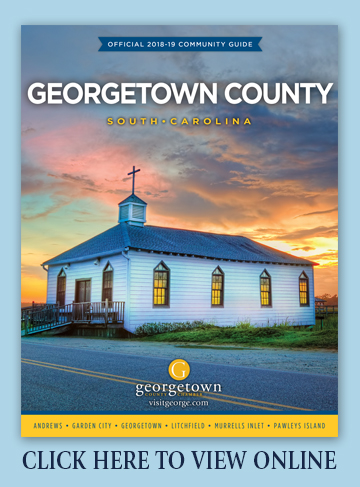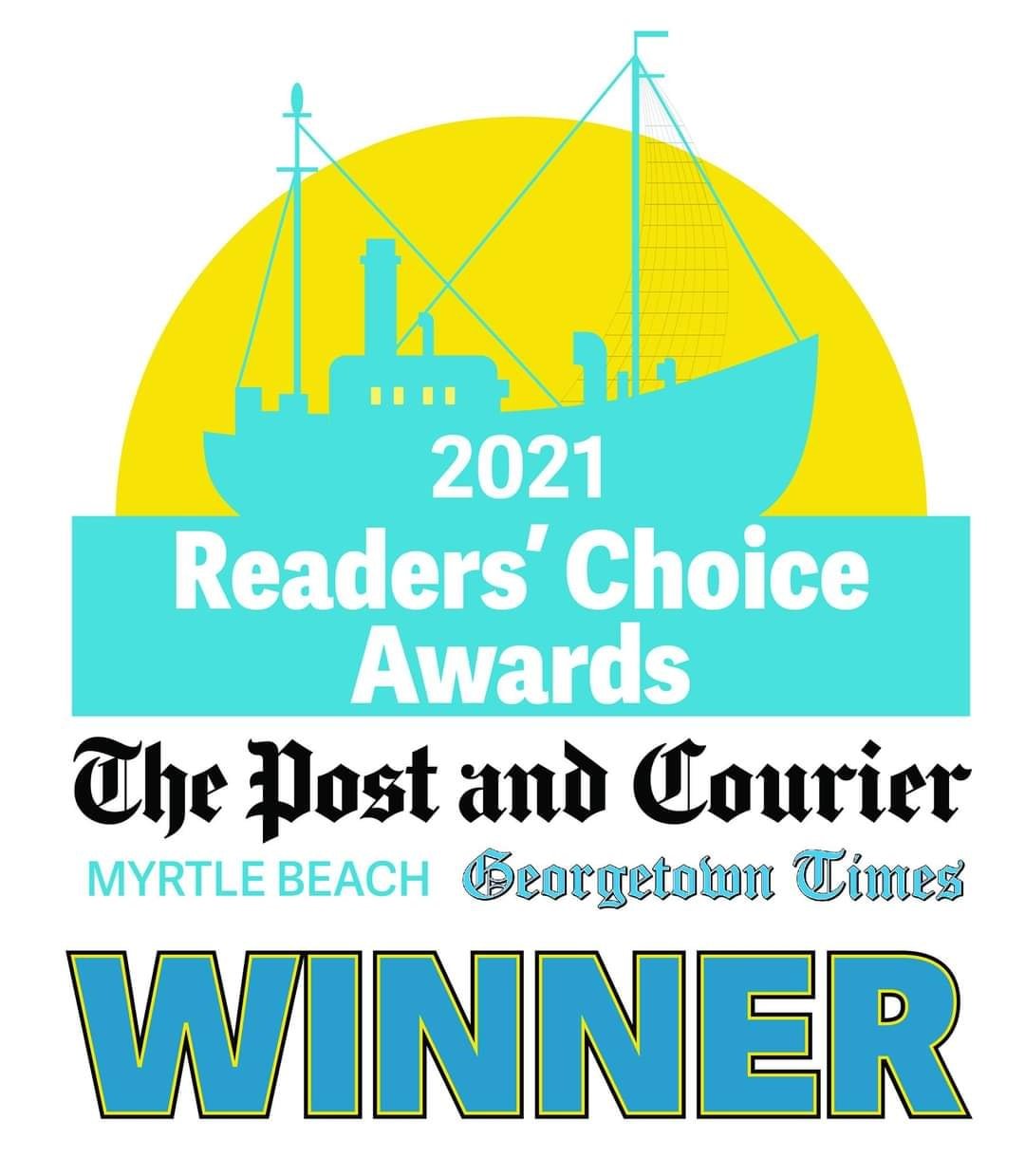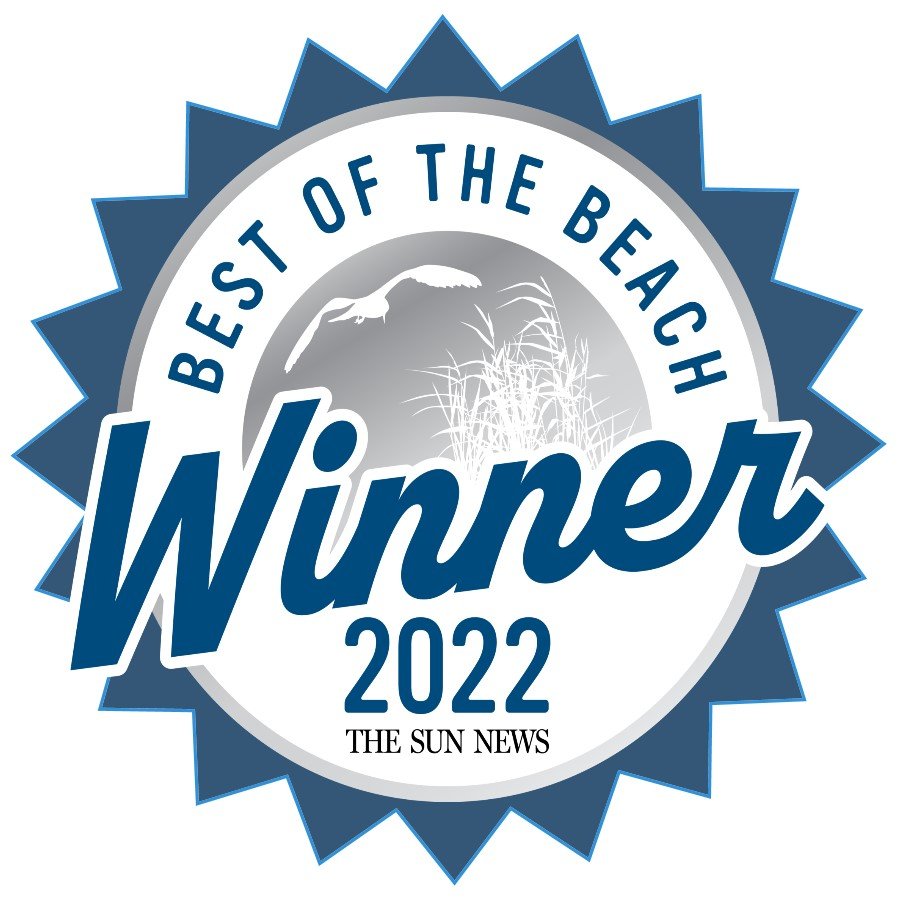Winyah Bay
Formed far back in the depths of time, the result of the confluence of 4 rivers which bring water from as far away as the foothills of Appalachia and named after a tribe of Native Americans which used to inhabit the area around the Black and lower Pee Dee Rivers, the area around Winyah Bay is one of the oldest European-settled places in North America, and arguably even the oldest. Yet despite the fact that humans have been here so long, Winyah Bay and its environs are one of the most unspoiled, naturally beautiful areas of coastline on the whole eastern half of our continent. The Winyah Bay is an interesting combination of natural habitats and diversity; a coastal estuary where freshwater rivers meet salt marshes, a sanctuary of white sand barrier islands. The end point of the second largest river basin on the East Coast, a place where 4 rivers (the Waccamaw, Black, Pee Dee, and Sampit) join forces to battle the ebb and flow of 4 daily tides. Bordered on the north by the 17,000 acres of the Hobcaw Barony land trust, and to the south by the 63,000 acres of the Tom Yawkey Wildlife Preserve and the Cape Romain National Wildlife Refuge, Winyah Bay is an area truly unto itself, and it is like no other.
The upper regions of the Bay are defined by the freshwater rivers which feed it; a mixture of black, tannic swamp water and muddy brown alluvial silt flows past the Loblolly and Longleaf Pine trees which line its craggy, often undercut sandy banks. The upland animals live here: deer and squirrel and rabbit and turkey, denizens of the high grounds. As the rivers move closer to the ocean, those same banks have fallen and become grass-bearing mud flats, where islands of Cypress and Tupelo trees stand guard over the swaths of green which stretch as far as the eye can see. Down here in the sucking mud and high humidity are the swarms of mosquitoes and yellow fly, the feral boar, the alligator and turtles and other life which thrive in a soggy land.
At the other end of the Bay, the nature of the great ocean, which lays beyond the shore, asserts itself far up from the entrance between North and South Islands. Twice daily the ocean spills over the bar and into the Bay. Carrying in its salty tidal water the seeds of future life. The spawn of fish and crustacean and all manners of sea-life vertebrate and invertebrate are taken uphill and into the creeks and marsh grasses to a place where they can grow to a point of survival, much more assured than if they had stayed in the trackless open of the deep blue. Twice daily also the sea rushes back, taking with its nutrients in the form of dirt, plants and all manner of floating sediment, flushing it all back into the sea.
While Native Americans and their predecessors had probably lived in the Winyah Bay area for ~50,000 years, recorded history comes much, much later than that. Some evidence exists which points to the possibility that a Spanish settlement, founded as early as 1526, by people who later moved down the coast to establish what is now known as St. Augustine, Florida. If this band of Spanish settlers had persisted in the Winyah Bay area, the history of our country may well indeed have been far, far different from what it is now. That they didn't stay, however, led to the fact that it was almost 200 more years before settlement by Europeans in the area became permanent.










